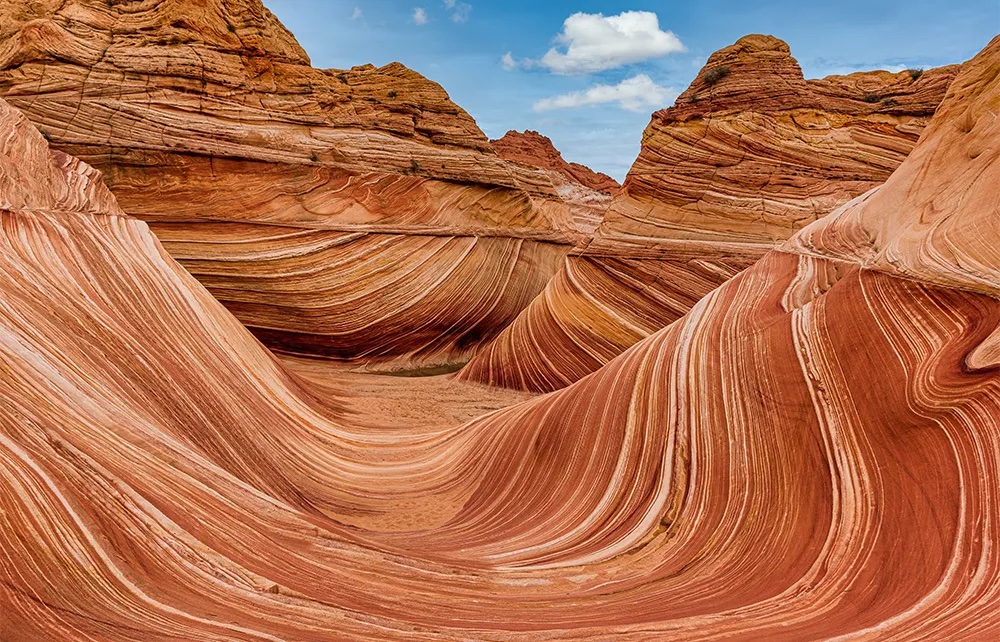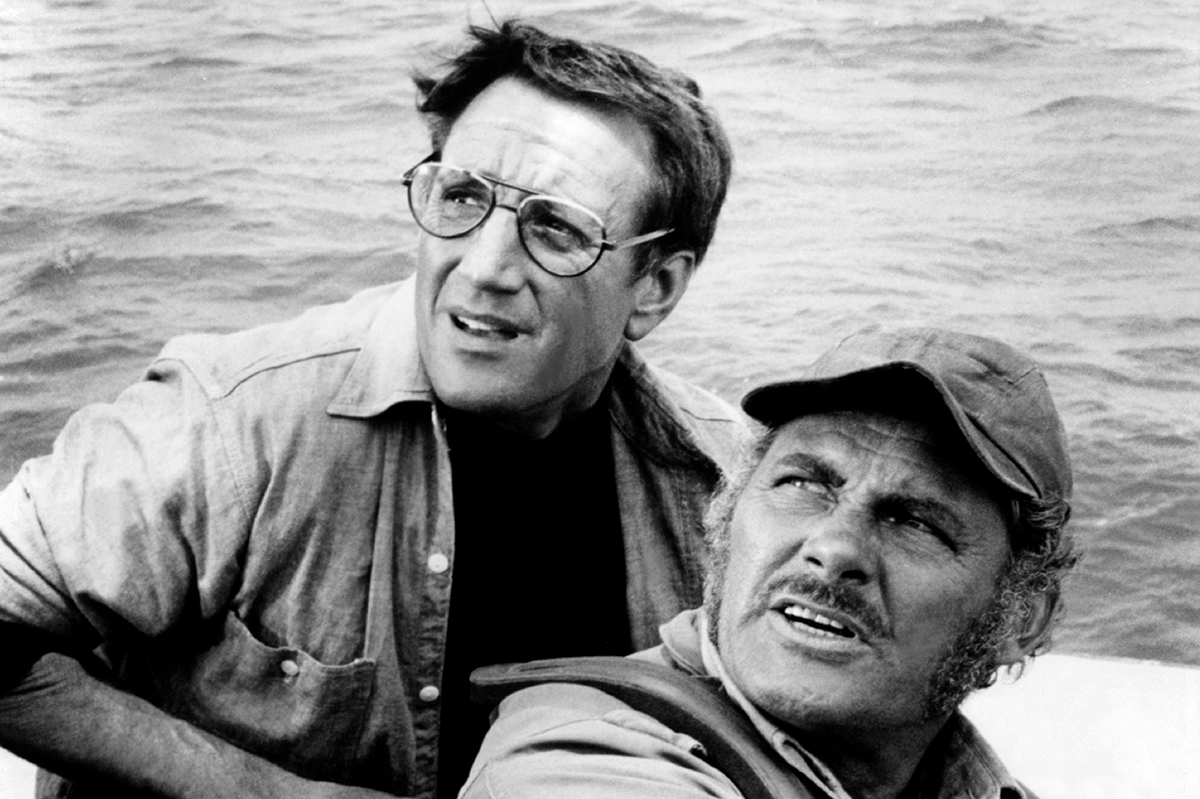Rocks are still and lifeless things, and geologists are men with beards whose emotional bandwidth is taken up with an unnatural attachment to cherts and clasts and the chill beauty of the subducted lithosphere. Such is the stereotype. The academic geologist and New Yorker contributor Marcia Bjornerud has managed to go a fair distance towards dispelling it. In her previous book, Timefulness, she wrote for the general reader and with persuasive lyricism about readjusting our focus to thinking in geological time.
Now, in Turning to Stone, she looks back over a lifetime of teaching geology in the American Midwest and fieldwork across the globe to argue for a more integrated understanding of the Earth’s long history. The book is at times intimate and confessional, but the overarching idea is vast and arresting. Bjornerund makes the case for challenging the barrier between the organic and inorganic, for seeing the slow but ever-shifting rocks of Earth’s crust as part of the planet’s ecology, just as much as plants and beasts.
Her argument is based in part on Earth’s unusual dynamism, on the prevalence of water and the “tectonic dance” that is constantly recycling minerals. But she also applies to geology the principle that now drives so much of the natural sciences — universal connectivity. One fact, for me at least, erupted from her text: “More than 40 percent of all mineral species on Earth are in some sense biogenic — produced either directly or indirectly through the action of lifeforms.” So nearly half the world’s rock-types would not exist but for organic processes. Large-scale deposits of iron, for instance, only formed when atmospheric oxygen was circulated by micro-organisms in the Middle Proterozoic era. If it wasn’t for photosynthesizing microbes, we would have no steel.
Chapter by chapter, Bjornerud presents a series of geological stories and curios, interspersing them with reminiscences of field trips ranging from the Arctic regions of Norway and Canada to New Zealand and Italy. The labor and discomfort of these weeks, often in male-dominated teams in very remote places, are evocative and full of the raw idealism of scientific enquiry. She digs deep, too, into her personal life — briefly dissecting two marriages and her relationship with her three sons. And she finds a way of linking these, sometimes a little tenuously, to the geo-convulsions beneath her feet.
Bjornerud’s career has spanned a tumultuous period in her chosen field. Unlike much of its subject matter, academic geology is new and still visibly changing. Until the 1980s, the task of geologists was focused on mapping Earth’s rocks and working out a basic stratigraphy. Now there is growing emphasis on process, on lab work, hydrology, “neotectonics” and the forensic analysis of particular compounds — the fabulously layered question of how a particular rock formation came into existence.
Biogeochemistry is also a part of it all, a branch of the natural sciences which evolved from James Lovelock’s Gaia and the idea that the Earth should be considered as a living organism. Contributing to a book edited by a geology professor of the old school, Bjornerud mentioned Gaia in her text. The professor became “dyspeptic”: “Such pseudoscience has no place in my work!”
It is the success of Bjornerud’s literary crusade that such judgments sound like something from the Precambrian. The new geology, as presented here, emerges as progressive and exciting. While not entirely free of jargon and bloodless analysis, it can take its rightful place among the eco-sciences, concerned less with identification — separating one thing from another — than with relationships between them.
And if anyone should still find geology dull, they can be thankful they don’t live on Mars or any of the known planets. Compared with them, Earth’s surface is a riot. There is something uncannily ordained about the interacting elements of the narrow layer in which we live — the oceans and atmosphere, the grinding tectonic plates and biosphere. Decades of studying them have given Bjornerud profound intuitions that are not always easy to express. Rocks are conglomerations of chemical elements formed by the action of heat and water. But they are also story. They can be understood as much by analogy and lyrical prose like Bjorenerud’s as by scientific methodology. In her teaching, The author has “become more open to tempering pure logos— analytical thought — with a bit of mythos — the larger stories that knit the world together.”
Bjornerud was “an odd and awkward girl, who found trees and stones to be good companions.” They became part of a sentient world which she then had to banish in graduate school. Such animism was “one of the deadliest sins.” Over half a century later, she boldly resurrects her childlike view. If it is hard to follow her the whole way towards thinking that rocks are part of a “hyperconscious” network, their inclusion in the planet’s family of living and dying beings is something that is both invigorating and necessary.
This article was originally published in The Spectator’s UK magazine. Subscribe to the World edition here.


























Leave a Reply